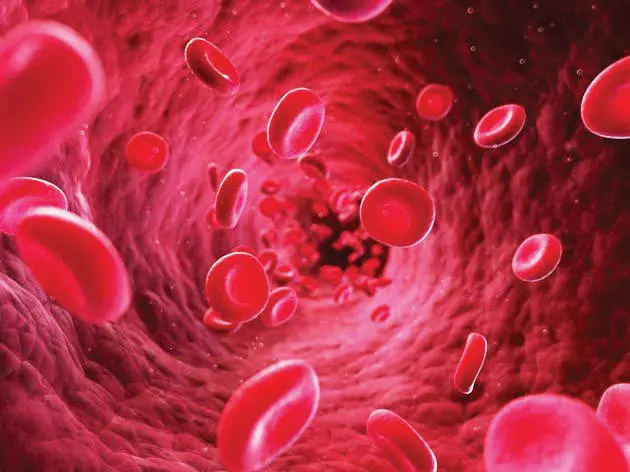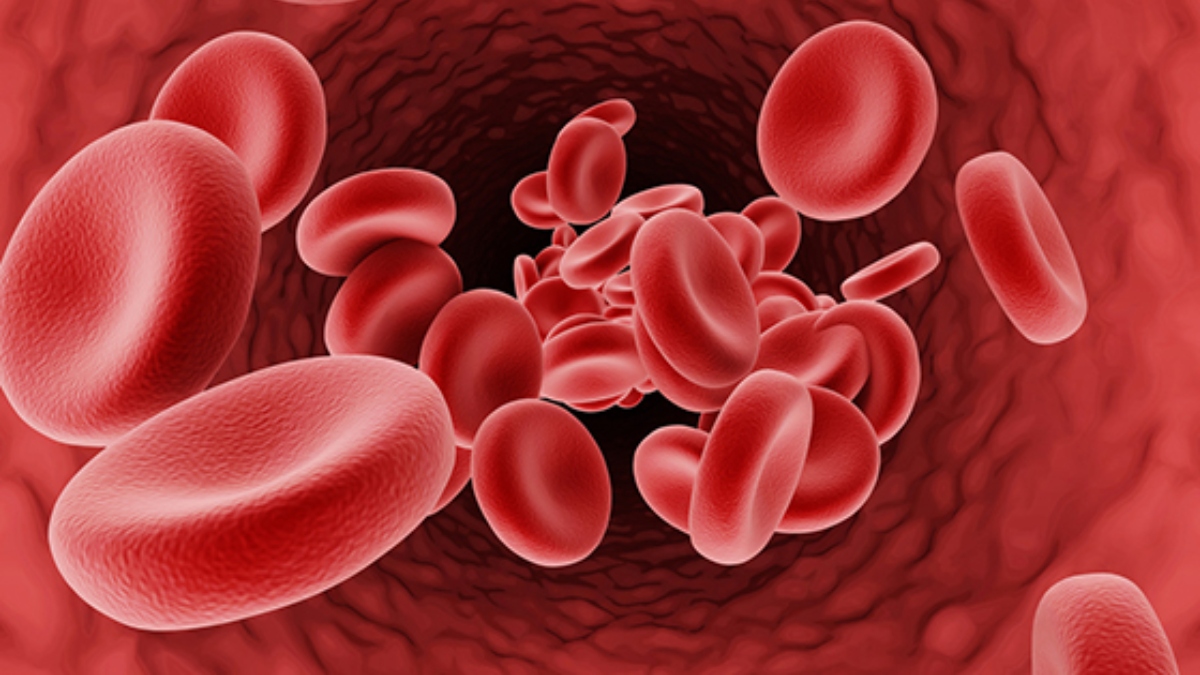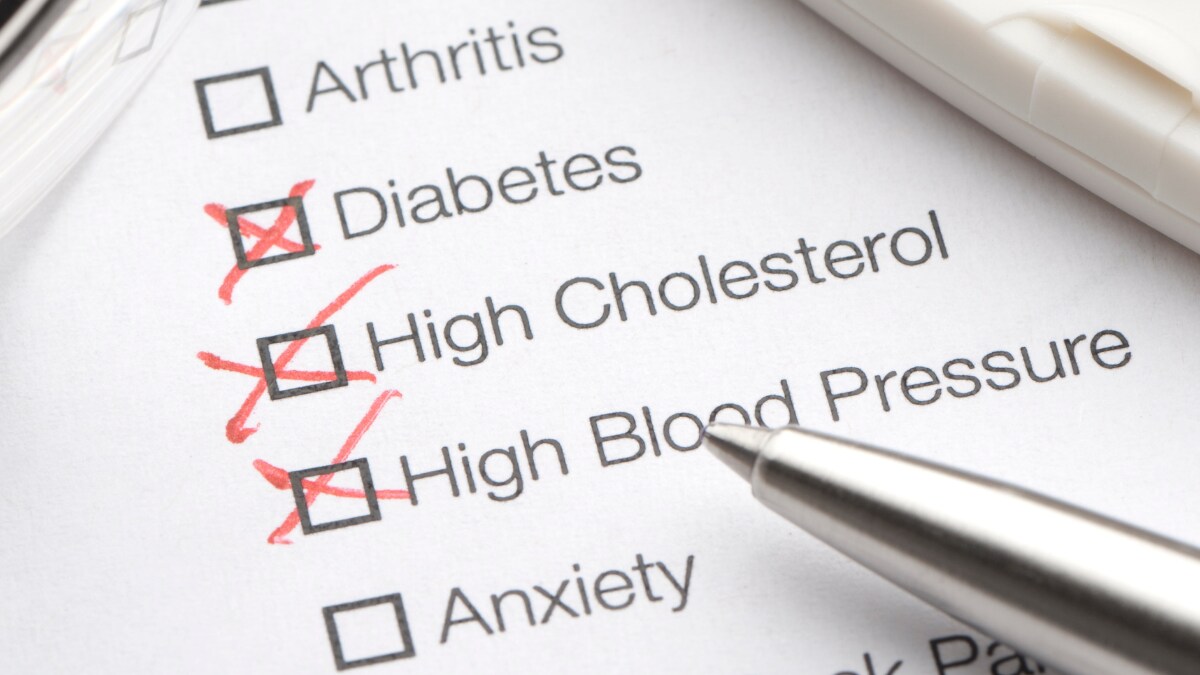
Public health programmes failed to address anaemia among girls, women: study
Live MintNew Delhi: Government health and nutrition programs substantially reduce anaemia in children under five years of age and expectant mothers but fail to focus on girls and non-pregnant women, according to a study by the International Food Policy Research Institute. Considerable progress was made in India between 2006 and 2016 in reducing anaemia in children under five years of age and pregnant women, showed the study titled “Trends and drivers of change in the prevalence of anaemia among 1 million women and children in India, 2006-2016,” published in BMJ Global Health journal. Anaemia declined by 11 percentage points among children, 7.6 percentage points among expectant mothers, and a mere 2.1 percentage points in teenage girls and women under 50. Existence of multiple causes of anaemia in the population and having tunnel vision in our approach to addressing the problem with too much focus on iron and folic acid pills could also be a contributory factor,” said Samuel Scott, one of the authors of the study.NextMAds Positive changes in mothers’ education, coverage of nutrition and health interventions, socioeconomic status, sanitation, and meat and fish consumption contributed to an improved count —low haemoglobin count indicates anaemia—among both children and pregnant women during 2006-16, the study indicated. In contrast, the problem worsened in states such as Himachal Pradesh and Punjab, where anaemia among non-pregnant women increased by more than 10 percentage points.fourthMAds Overall, anaemia prevalence declined in most states, but increased in two states for children, three for expectant mothers, and eight for non-pregnant women.
History of this topic

William Joe | Reducing anaemia in women could boost India’s GDP
Deccan Chronicle
Indian scientists develop iron jabs, will help check anaemia
Live Mint
Anaemia in India: Impact on reproductive health and tips to prevent it
Hindustan TimesCan the new Diet and Biomarker Survey trace the roots of India’s anaemia problem?
The Hindu
Explained | Why is India rethinking its anaemia policy?
The HinduStudy suggests that a substantial number of women in South Asia have anaemia and obesity together
The Hindu
Anaemia, poor eyesight high among women in Maheshwaram villages: Survey
Deccan Chronicle
Malnutrition in India is a worry in a modern scenario
The HinduDiversifying plates for girls
The Hindu
AP turns anaemic; problem mainly among kids, pregnant women
Deccan Chronicle
TS women and children found wanting in nutrition levels
Deccan Chronicle
Lower Fertility Rate, Anaemia on the Rise: Findings From NFHS-5
The QuintData | Over 50% children in 30 States and UTs were anaemic in 2019-20
The Hindu
Anaemia and malnutrition: A vicious cycle leading to child growth failure
India TodayA close reading of the NFHS-5, the health of India
The Hindu)
NFHS Survey: Fertility rate dips to 2.0; more than half women, children anaemic in 14 states, UTs
Firstpost)
Exposure to PM 2.5 Can Lead to Anaemia Among Children Under Five, Says IIT-Delhi Study
News 18Latest NFHS data reveal high levels of anaemia across nation
The Hindu)
Anaemia in Women Rises in Modi Govt’s First Term, Domestic Violence Rate Doubles in Karnataka
News 18Data | Progress on child nutrition derailed as wasting and stunting increases in several States
The HinduRise in teenage pregnancy, higher anaemia rate in women: NFHS-5 phase data
The Hindu)
India's war on anemia can get a boost through locally sourced food, targetted training of moms
Firstpost
Anaemia Is a Public Health Problem in All States Except Kerala
The Quint)
68% of under-5 mortality in India still due to malnutrition: Study
Firstpost
Hyderabad: Anaemia prevalent in state-run schools
Deccan Chronicle
Treating anaemia should be easy – so why is it killing women?
The IndependentDiscover Related


























)









